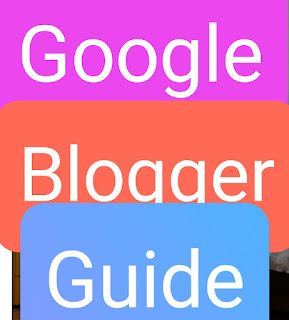Writing a blog post that ranks well in Google involves a few key steps:
Keyword Research: Identify relevant keywords that your target audience is searching for using tools like Google Keyword Planner or SEMrush.
Quality Content: Write comprehensive, high-quality content that addresses the user's intent behind the keyword. Make sure it's well-structured, engaging, and provides value.
On-Page SEO: Optimize your title, headings, meta description, and URL with the target keyword. Use variations of the keyword naturally throughout the content.
Optimize Images: Use descriptive filenames and alt text for images, incorporating relevant keywords when appropriate.
Internal & External Links: Include links to relevant internal pages on your website and reputable external sources to improve credibility and SEO.
Mobile-Friendly Design: Ensure your blog post is optimized for mobile devices as Google prioritizes mobile-friendly content.
Site Speed: Improve your website's loading speed to enhance user experience, which is a ranking factor in Google's algorithm.
Promotion & Backlinks: Promote your blog post through social media, email newsletters, and other channels to attract traffic and encourage backlinks from other reputable websites.
Monitor & Update: Regularly monitor your blog post's performance in Google Analytics and Search Console. Update and improve it based on user feedback and changes in search algorithms.
By following these steps, you can increase the chances of your blog post ranking well in Google search results.
How to setting google blog post
Setting up a blog post on Google involves a few steps:
Create a Google Account: If you don't already have one, sign up for a Google Account. This will give you access to Google's suite of tools, including Blogger.
Choose a Blogging Platform: Google's Blogger platform is a popular choice for creating blogs. Go to www.blogger.com and sign in with your Google Account.
Create a New Blog: Once logged in, click on the "Create New Blog" button. Enter a title for your blog, a unique URL (e.g., myawesomeblog.blogspot.com), and choose a template.
Write Your Blog Post: After setting up your blog, click on the "New Post" button to start writing your blog post. Use the built-in editor to format your text, add images, and include links.
Optimize for SEO: Follow the steps mentioned earlier to optimize your blog post for search engines. This includes conducting keyword research, writing high-quality content, and optimizing meta tags.
Preview and Publish: Before publishing your blog post, preview it to make sure everything looks good. Once you're satisfied, click on the "Publish" button to make your post live.
Promote Your Blog Post: Share your blog post on social media, email newsletters, and other channels to attract readers. Encourage engagement by asking questions and responding to comments.
Monitor Performance: Use Google Analytics to track your blog's performance, including traffic sources, page views, and user behavior.
This will help you understand what content resonates with your audience and how to improve.
By following these steps, you can set up and optimize your blog post on Google for maximum visibility and
engagement.




Comments
Post a Comment
Please do not enter any spam link in the comment